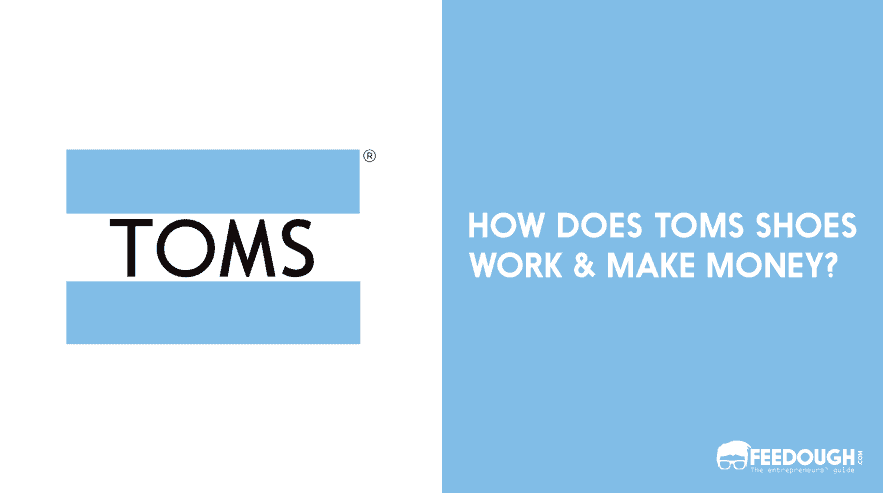Amway, derived from ‘American Way’ is an American company which deals in health, beauty, and home care commodities. The company owes its foundation to Jay Van Andel and Richard DeVos in Ada, Michigan, and roots back to 1959.
Formerly counted among the top companies by the Forbes Magazine, the dual principles of Amway Business Model – direct selling and multi-level marketing – have triggered flames of controversy in the past. Let’s discuss the business model of Amway before moving ahead to discuss whether Amway a scam or not.
What does Multi-Level Marketing (MLM) mean?
Multi-level marketing, popularly termed as Network or Referral Marketing, has always been in the news due to its seemingly contentious scheme of marketing. It involves selling of goods and services through partners and promoters. The earning from the sale is attributed not solely to the seller. The payment of the associates is through a multi-level system of commissions.
These salespeople work lower down the hierarchy. They sell products straight out to as retail distributors through promotional marketing schemes. They are also entrusted with the job of recruiting newer dispensers down the hierarchy to expand the network by the day. Either they themselves sell the concerned products or sponsor its sale by someone else.
Amway Business Model
The Amway Business Model adopts a similar fashion of network marketing wherein each trader on top of the ladder engages other traders down the line, resulting in a network, and everyone selling the products of the company too.
How does Amway work?
Amway business model isn’t too complicated to comprehend. You –
- will be recruited by a distributor,
- will act as a distributor ( IBOs, or “Independent Business Operator”), and
- will sell the company’s products and get more people on board in order to earn profits.
The profits are earned as commissions when you or any IBO appointed by you sell company’s products. The IBO you appointed will be your downline and when they sell anything, you’ll get a bonus commission.
How is the Amway Business Model different from the rest?
Every company, even the one you are employed in, has a certain chain of command for its employees, in terms of power, responsibility and income. The ones on the top of the ranking (the ones who were recruited earlier) earn more than the ones below them (the ones who are recruited later). With the Amway Business Model, there is no such situation, though. Tradesmen down the line, that is the ones who are recruited later, can earn more than the former ones.
According to the Amway Business Model, the revenue of the distributors is directly proportional to their sale charts. Also, Amway provides real commodities to consumers. The distributors, according to the proposed model, are not paid for merely expanding the network by introducing new workers down the chain.
The Amway Model is acutely infiltrated into the market and that is what makes it unlike the others and appears as a sham to many. This is because the networking needs to keep on increasing for better results – more and more people are to be made to join hands and more and more people are to be talked to. They put to use a stair-step trade form for their sales, and a compensation plan for their earnings.
Consumers of Amway’s Networking Business Model
The reality of Amway’s networking business model is that besides the retail end customer, the very salespersons recruited or sponsored by the ones higher up in the network also act as end-user retail customers for Amway as they are required to pay an entry fee to join the network. Furthermore, a major part of the proceeds is obtained from the sale to partakers itself. Only a tiny fraction of the total returns actually owes its roots to non-participant consumers. This fact has no proof from the company, because of obvious reasons. The company wouldn’t want to disclose the number of participants actually responsible for the company’s turnover! Or maybe, they do not even differentiate between the sources of revenue to keep records at all!
If you still couldn’t decode the Amway Business Model, here’s a little cue for you. Imagine you are working at Amway. You need to buy a beauty lotion. Instead of buying it from a retail store, you buy it from yourself – that is you buy it as a participant of Amway. The company sells out one product, you spend money, yes, but you get the proceeds of income. Since this is not a very feasible form of earning, you would want to sell products to more non-participant consumers, or you would want to add further participants down the chain, whose sale proceeds (actually some part of it) would also come to you. The more you buy from Amway, the more you earn. The more you sell to others, the more you earn. The more participants you employ, the more you earn! They key is to find more and more down-levels so that you do less and earn more.
Is Amway a Scam?
No. It’s not.
The Business Model of Amway is one that has been subject to several controversies and objections. Its Network Scheme has been a case of constant conjecture. Back in 1975, its functioning was questioned by the Federal Trade Commission. It went against the proposition of its Networking Business Model, which was confused for a Pyramid Model. A pyramid model is one where people earn simply by recruiting new participants. This gives them the unjust advantage of earning through the appointment of friends and relatives.
It was held that the participants of Amway focused purely on recruiting newer ones down the hierarchy and not on selling products. Apparently, several fraudulent promises were made to lure people into the Amway network.
Amway has pondered on altering its business model in according to implications of restriction in countries like China, in order to continue marketing in the Chinese domain. An Indian court had questioned Amway India’s Business Model, in defence of which Amway cited the lack of a novel legal structure in the country. Amway has pleaded to ensure that monetary transmission policies weren’t befuddled with those of direct selling. The claim had been fruitfully accredited by top legal connoisseurs who approved of its Business Model in India.
Issues pertaining to the concept of Amway’s marketing model or those related to the class and cost of its commodities are justified enough to be raised and debated on. The blame of fraudulence on the company, however, seems a bit incredulous. FICCI, in India, had also supportively articulated for
Amway, stating that there were no alleged illicit or falsified activities involved in the Amway Business Model and hence such views and comments should be discarded.
Scamming is something that comes with human nature. Someone who catches hold of a novice in the profession would try to outdo him for his own good, through fraud and fake promises. The underlying fact is that the Amway Business Model is not a scam. Just that it is not really a pyramid model of business – all it relies on is a granted hierarchy of partakers who purchase, retail and further spread out this sequence to earn more proceed-fractions, which is more of a network than a pyramid.
Go On, Tell Us What You Think!
Did we miss something? Come on! Tell us what you think of our article on Amway Business Model | Is Amway a scam? in the comments section.
A startup consultant, digital marketer, traveller, and philomath. Aashish has worked with over 20 startups and successfully helped them ideate, raise money, and succeed. When not working, he can be found hiking, camping, and stargazing.










